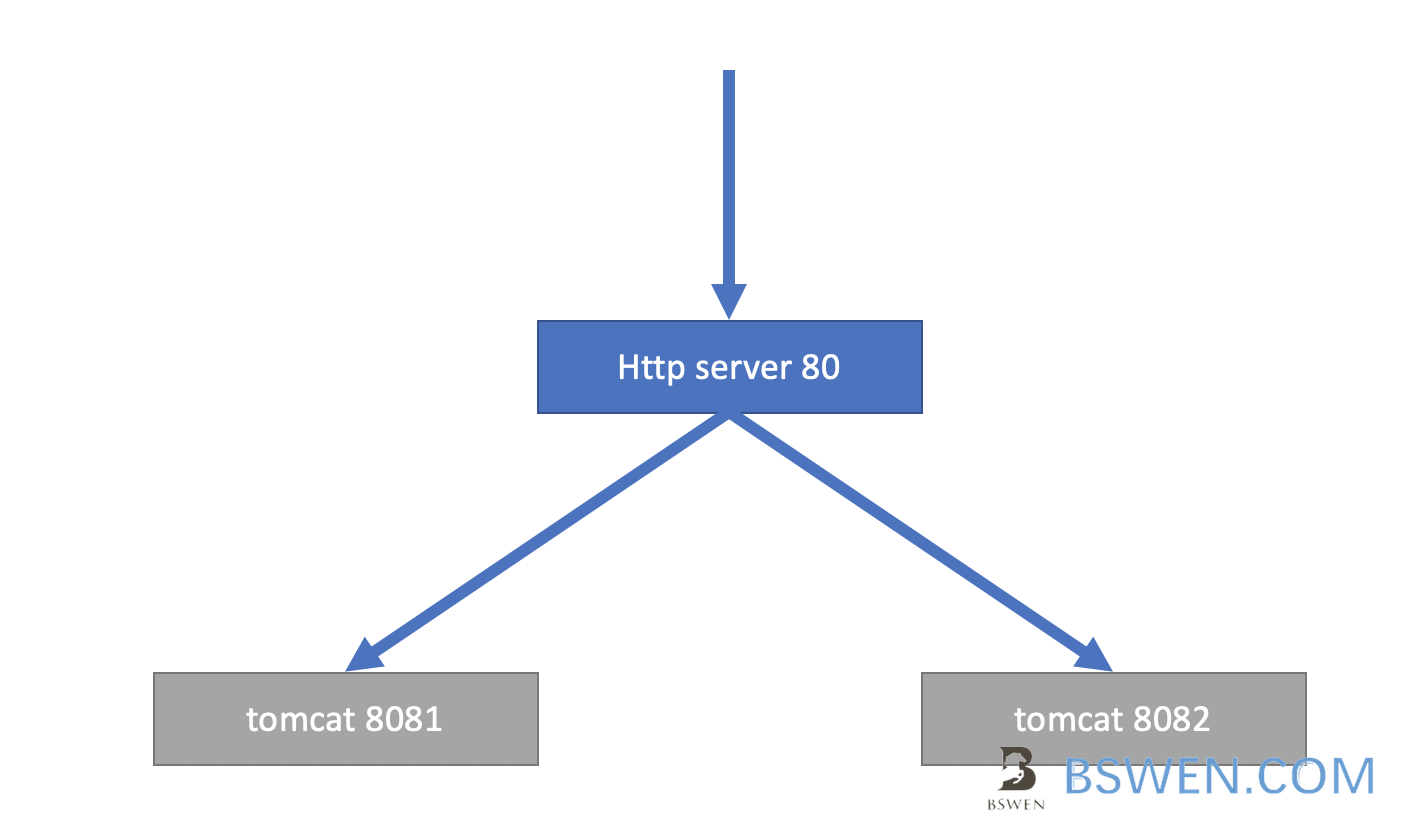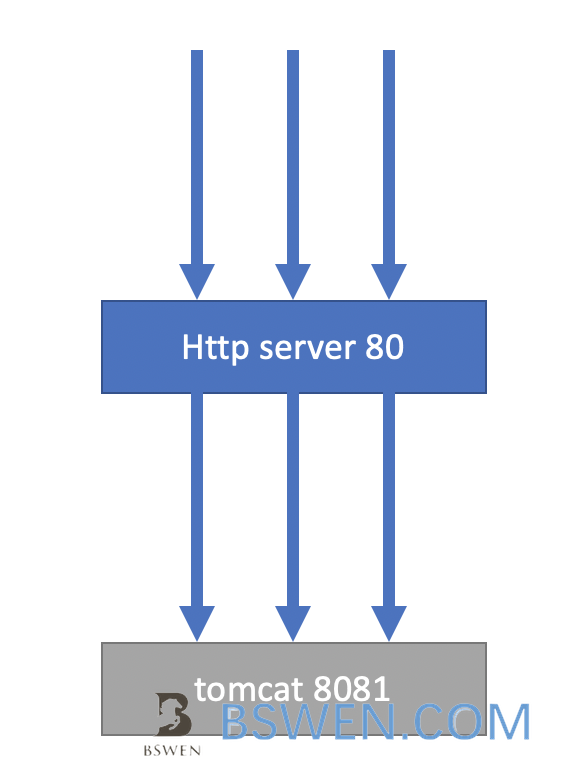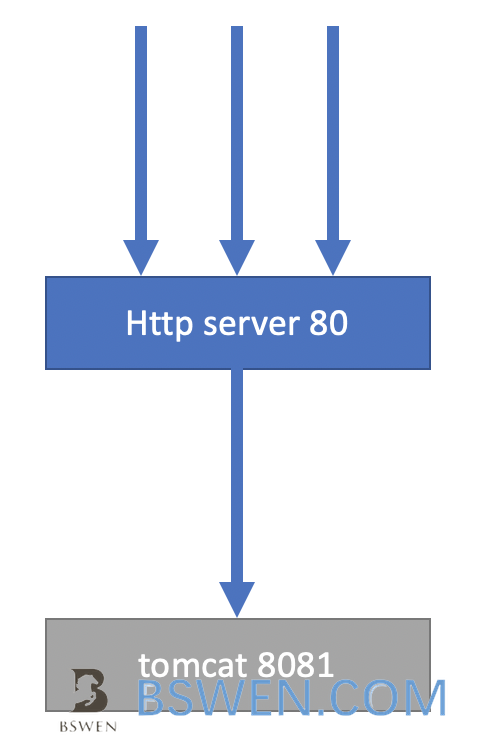Three simple ways to read properties of spring boot configuration files
1. The purpose of this post
In this post, I will demonstrate three simple ways to read properties files into spring boot applications,including the @Value ,@Configuration and @PropertySource annotations.
2. Environments
- springboot
- java 1.8+
3. Way 1: Read from application.properties by @Value annotation
Add these properties to your default configuration file:
info.name=Mikeinfo.desc=Good boyUse @Value like this:
package com.test.sb1jt.commands;
import com.test.sb1jt.config.InfoConfig;import com.test.sb1jt.config.SysConfig;import org.slf4j.Logger;import org.slf4j.LoggerFactory;import org.springframework.beans.factory.annotation.Autowired;import org.springframework.beans.factory.annotation.Value;import org.springframework.boot.CommandLineRunner;import org.springframework.stereotype.Component;
@Componentpublic class MyCommand implements CommandLineRunner { private static Logger logger = LoggerFactory.getLogger(MyCommand.class);
@Value("${info.name}") //1.Auto configure name property by reading info.name from application.properties private String name;
@Value("${info.desc}") //2.Auto configure desc property by reading info.desc from application.properties private String desc;
@Override public void run(String... strings) throws Exception { logger.info("MyCommand run");
logger.info("name is {},desc is {}",name,desc); //3. print the name and desc }}Run the code ,we get this:
2019-05-23 12:45:58.827 INFO 31595 --- [ main] com.test.sb1jt.commands.MyCommand : name is Mike,desc is Good boy4. Way 2: Read from application.properties by @ConfigurationProperties annotation
Instead of @Value annotion, you can use @ConfigurationProperties, which can read some specific prefixed properties from your application.properties to your class properties.
Add these properties to your spring boot application.properties:
info.name=Mikeinfo.desc=Good boyAdd a class which use @ConfigurationProperties like this:
package com.test.sb1jt.config;
import org.springframework.boot.context.properties.ConfigurationProperties;import org.springframework.stereotype.Component;
@Component@ConfigurationProperties(prefix = "info")public class InfoConfig { private String name; // info.name mapped to this property private String desc; // info.desc mapped to this property
public String getName() { return name; }
public void setName(String name) { this.name = name; }
public String getDesc() { return desc; }
public void setDesc(String desc) { this.desc = desc; }}Then print properties like this:
package com.test.sb1jt.commands;
import com.test.sb1jt.config.InfoConfig;import com.test.sb1jt.config.SysConfig;import org.slf4j.Logger;import org.slf4j.LoggerFactory;import org.springframework.beans.factory.annotation.Autowired;import org.springframework.beans.factory.annotation.Value;import org.springframework.boot.CommandLineRunner;import org.springframework.stereotype.Component;import com.test.sb1jt.config.InfoConfig;
@Componentpublic class MyCommand implements CommandLineRunner { private static Logger logger = LoggerFactory.getLogger(MyCommand.class);
@Autowired private InfoConfig infoConfig;
@Override public void run(String... strings) throws Exception { logger.info("MyCommand run");
logger.info("infoconfig name is {},desc is {}",infoConfig.getName(), infoConfig.getDesc()); }}Run the code ,we get this:
2019-05-23 12:45:58.827 INFO 31595 --- [ main] com.test.sb1jt.commands.MyCommand : infoconfig name is Mike,desc is Good boy5. Way 3: Read from your custom xxx.properties by @ProperySource annotation
By reading previous sections, you can see that by using @Value or @ConfigurationProperties, it’s easy to read properties in springboot’s default application.properties, but what should we do if we want read properties from a custom properties file?
According to this document,Spring provides @PropertySource annotation to read custom file properties.
Create a new file named sysconfig.properties in src/main/resources/ , add these properties to it:
sysname = BDSsysdesc = Big data systemCreate a new class to use the @PropertySource like this:
package com.test.sb1jt.config;
import org.springframework.beans.factory.annotation.Value;import org.springframework.context.annotation.PropertySource;import org.springframework.stereotype.Component;
@Component@PropertySource(value={"sysconfig.properties"}) //read from your custom src/main/resources/sysconfig.propertiespublic class SysConfig { @Value("${sysname}") // mapping from sysname to this property private String sysName;
@Value("${sysdesc}") // mapping from sysdesc to this property private String sysDesc;
public String getSysName() { return sysname; }
public void setSysName(String sysName) { this.sysName = sysName; }
public String getSysDesc() { return sysDesc; }
public void setSysDesc(String sysDesc) { this.sysDesc = sysDesc; }}Print the custom properties like this:
package com.test.sb1jt.commands;
import com.test.sb1jt.config.InfoConfig;import com.test.sb1jt.config.SysConfig;import org.slf4j.Logger;import org.slf4j.LoggerFactory;import org.springframework.beans.factory.annotation.Autowired;import org.springframework.beans.factory.annotation.Value;import org.springframework.boot.CommandLineRunner;import org.springframework.stereotype.Component;
@Componentpublic class MyCommand implements CommandLineRunner { private static Logger logger = LoggerFactory.getLogger(MyCommand.class);
@Autowired private SysConfig sysConfig; //inject the sysConfig instance
@Override public void run(String... strings) throws Exception { logger.info("MyCommand run");
logger.info("sysconfig sysname is {},sysdesc is {}", sysConfig.getSysName(),sysConfig.getSysDesc()); }}Run the code ,we get this:
2019-05-23 12:45:58.827 INFO 31595 --- [ main] com.test.sb1jt.commands.MyCommand : sysconfig sysname is BDS,sysdesc is Big data system6. Conclusion
You can use @Value ,@Configuration to read default application.properties or use the @PropertySource in your custom properties file in SpringBoot apps.
Final Words + More Resources
My intention with this article was to help others who might be considering solving such a problem. So I hope that’s been the case here. If you still have any questions, don’t hesitate to ask me by email: Email me
Here are also the most important links from this article along with some further resources that will help you in this scope:
Oh, and if you found these resources useful, don’t forget to support me by starring the repo on GitHub!


